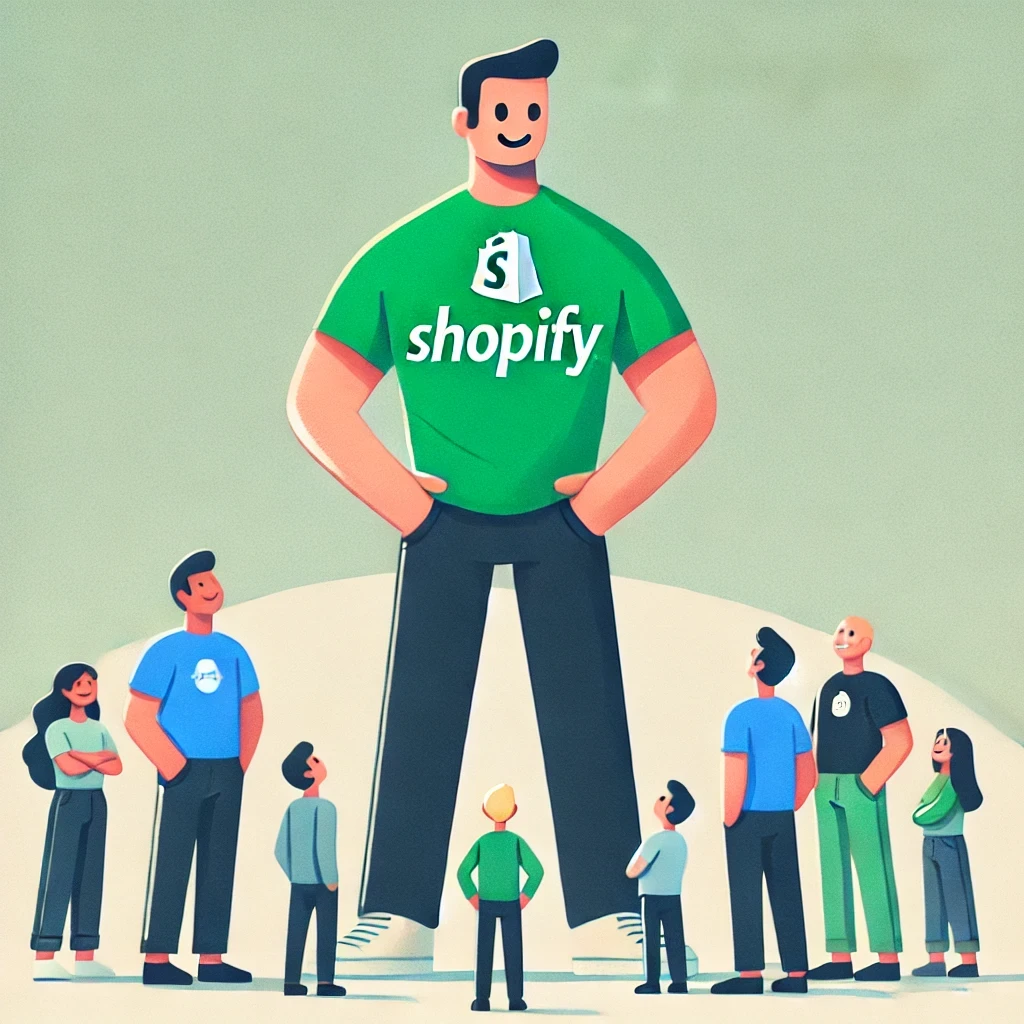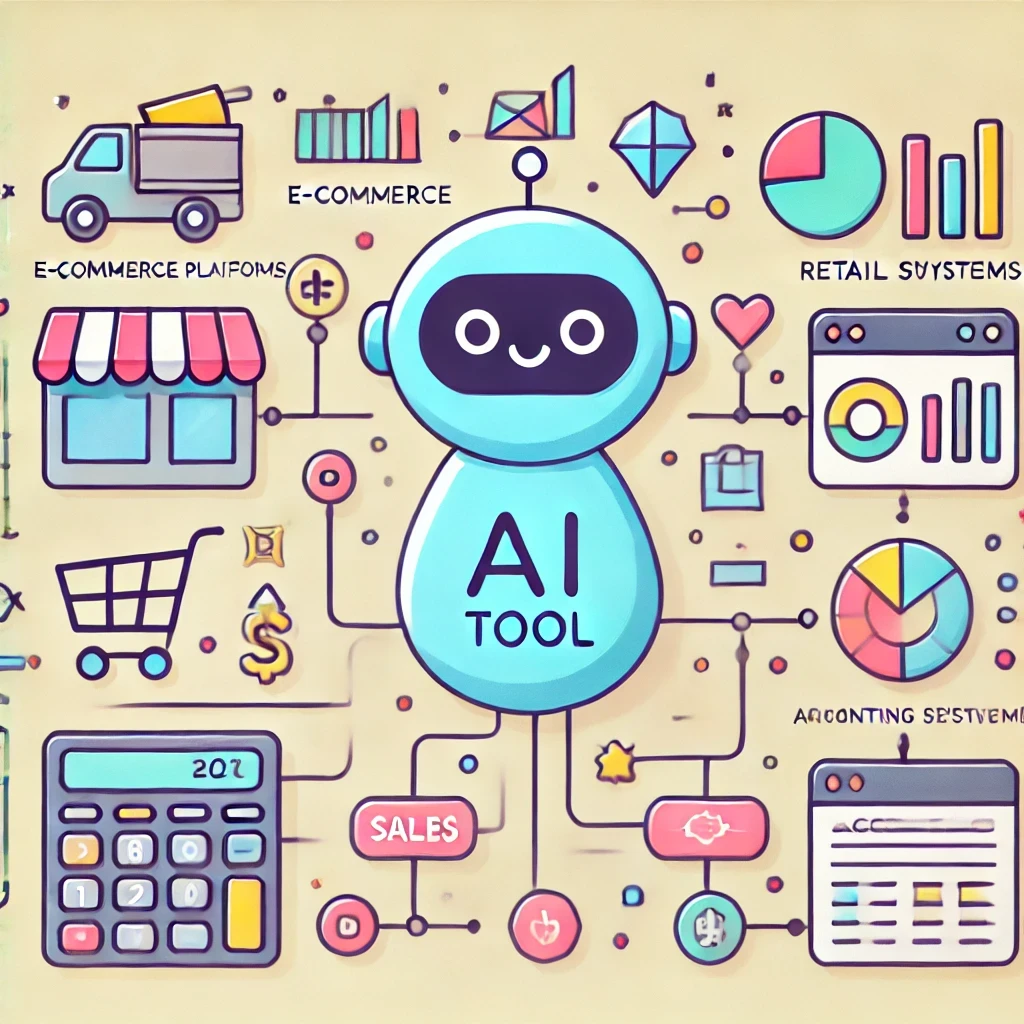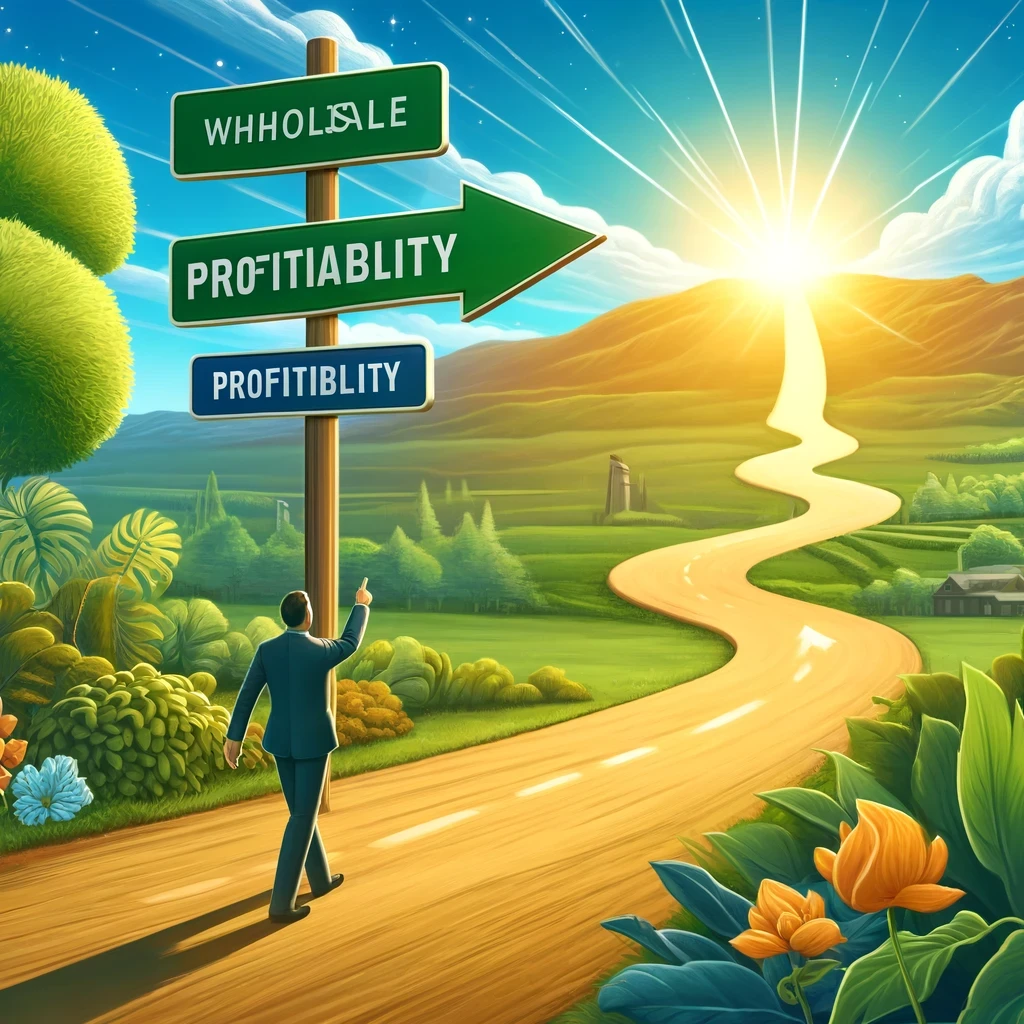Exploring Wholesale Strategies for Brands
Jun 3, 2024
In today's competitive market landscape, e-commerce and consumer packaged goods (CPG) brands are continually seeking innovative ways to expand their reach and grow their business. One of the most effective strategies to achieve this expansion is through wholesale. By leveraging various wholesale channels, brands can tap into broader markets, enhance their brand visibility, and drive significant revenue growth.
In this blog post, we'll explore different wholesale strategies that e-commerce and CPG brands can implement. We'll also discuss the advantages and challenges associated with each approach, along with best practices to ensure success.
Selling to Distributors
In this context, distributors serve as intermediaries between brands and retailers, facilitating the movement of products through the supply chain. They purchase goods in bulk from brands and resell them to retailers or other businesses. This model allows brands to reach a wider market without having to manage the complexities of distribution logistics.
Advantages
Access to a Network of Retailers: Distributors have established relationships with a wide network of retailers, allowing your products to reach more customers where they're already shopping.
Lower Logistics and Storage Costs: Distributors handle the warehousing and transportation of products, reducing the burden on your business.
Focus on Production Rather Than Distribution: By partnering with distributors, brands can concentrate on product development and marketing while leaving distribution to the experts.
Challenges
Less Control Over Brand Representation: Once products are in the hands of distributors, you have limited influence over how they are marketed and presented to retailers.
Potential Lower Margins Due to Distributor Cuts: Distributors take a percentage of sales, which can impact your overall profitability.
Limited Access to Data: Depending on the distributor you are working with, granular data insights on which retailers are purchasing your products may not be readily available.
Best Practices
Choosing the Right Distributor: Research and select distributors with a strong reputation and a network that aligns with your target market.
Building Strong Relationships: Foster strong, collaborative relationships with distributors to ensure mutual success.
Ensuring Clear Communication and Expectations: Establish clear communication channels and set expectations to avoid misunderstandings and ensure smooth operations.
Selling Directly to Independent Retailers
The direct sales model involves selling products directly to independent retailers, such as boutiques, specialty stores, and small chains. This approach allows brands to have more control over how their products are represented and marketed.
Advantages
Higher Profit Margins: By eliminating the middleman, brands can retain a larger share of the revenue.
Greater Control Over Brand Representation: Direct relationships with retailers allow for better control over how products are displayed and marketed.
Direct Feedback from Retailers: Engaging directly with retailers provides valuable insights and feedback that can be used to improve products and strategies.
Challenges
Increased Effort in Sales and Distribution: Managing sales, distribution, and collecting payment requires significant resources and effort.
Managing Multiple Smaller Accounts: Handling relationships with numerous small retailers can be time-consuming and complex.
Late Payments: Delayed payments from retailers can extend cash conversion cycles, impacting liquidity and requiring additional financial management.
Best Practices
Building a Robust Process: Many brands don't have the resource to build out an extensive team to manage relationships. Regardless, everyone should invest in a robust process to drive sales and encourage on time (more preferably, early!) payments with independent retailers.
Providing Excellent Customer Service and Support: Offer exceptional, proactive customer service to retailers, ensuring their needs are met and issues are resolved promptly to maximize revenue.
Developing Strong, Personal Relationships with Retailers: Cultivate personal connections with retailers to build trust and loyalty, while staying organized to keep track of payments.
Selling to Large Retailers
Large retailers, such as Whole Foods, Target, and Costco, offer massive market exposure and the potential for significant sales volume. Getting your products listed by these retail giants can be a game-changer for your brand.
Advantages
Massive Market Exposure and Potential Sales Volume: Large retailers have extensive reach, providing access to a vast customer base.
Increased Brand Credibility: Being stocked by well-known retailers enhances your brand's credibility and reputation.
Challenges
Strict Requirements and Standards: Large retailers have strict standards and requirements that brands must meet to get listed.
Pressure on Production and Logistics: Meeting the demand of large retailers can strain your production and logistics capacities.
Best Practices
Thorough Preparation and Meeting Retailer Standards: Ensure your products and packaging meet the specific requirements of large retailers. Oftentimes, this can be handled by a 3PL partner.
Effective Negotiation and Contract Management: Negotiate favorable terms and manage contracts effectively to protect your interests.
Ensuring Consistent Supply and Quality: Maintain a reliable supply chain and consistently deliver high-quality products to meet retailer expectations.
Selling on Wholesale Marketplaces
Wholesale marketplaces, such as Faire, Airgoods and Mable, connect brands with a global network of buyers. These platforms provide an online space where businesses can list their products and reach a wide audience of potential retailers.
Advantages
Access to a Global Network of Buyers: Wholesale marketplaces offer access to buyers from around the world, expanding your market reach.
Lower Barrier to Entry and Initial Costs: These platforms often have no or very low startup costs compared to traditional wholesale channels.
Ease of Managing Orders and Transactions: Marketplaces provide tools for managing orders, payments, and shipping, simplifying the wholesale process.
Challenges
High Competition from Other Brands: The popularity of wholesale marketplaces means high competition, requiring brands to stand out.
Potential Lower Margins Due to Platform Fees: Platforms charge fees or commissions on sales, impacting profitability.
Less Personal Relationship with Buyers: Transactions are often more transactional, lacking the personal touch of direct sales.
Best Practices
Creating an Attractive and Detailed Product Listing: Invest in high-quality images and detailed descriptions to make your products stand out.
Providing Competitive Pricing and Terms: Offer competitive pricing and favorable terms to attract buyers.
Leveraging Marketplace Tools and Analytics: Utilize the tools and analytics provided by the platform to optimize your listings and improve sales performance.
Conclusion
Wholesale offers e-commerce and CPG brands a powerful avenue for growth and market expansion. Whether you choose to partner with distributors, sell directly to independent retailers, engage with large retailers, or leverage wholesale marketplaces, each strategy has its unique advantages and challenges.
Choosing the right wholesale approach depends on your brand's goals, resources, and market positioning. It is crucial to experiment with different strategies, adapt to market feedback, and continuously refine your approach to find the best fit for your business.
Stay ahead in the competitive landscape by integrating wholesale into your growth strategy. Subscribe to our blog for more insights on e-commerce and CPG strategies and take the next step towards scaling your brand successfully!






